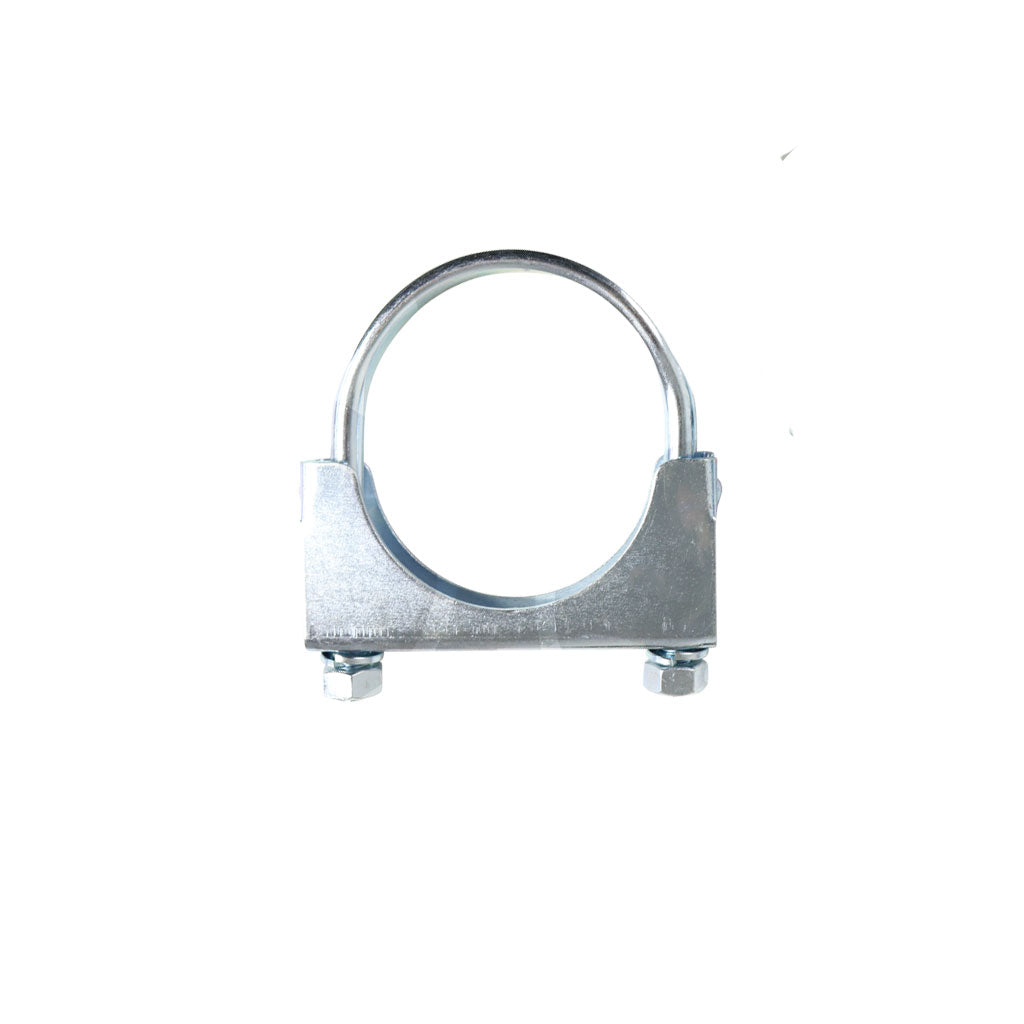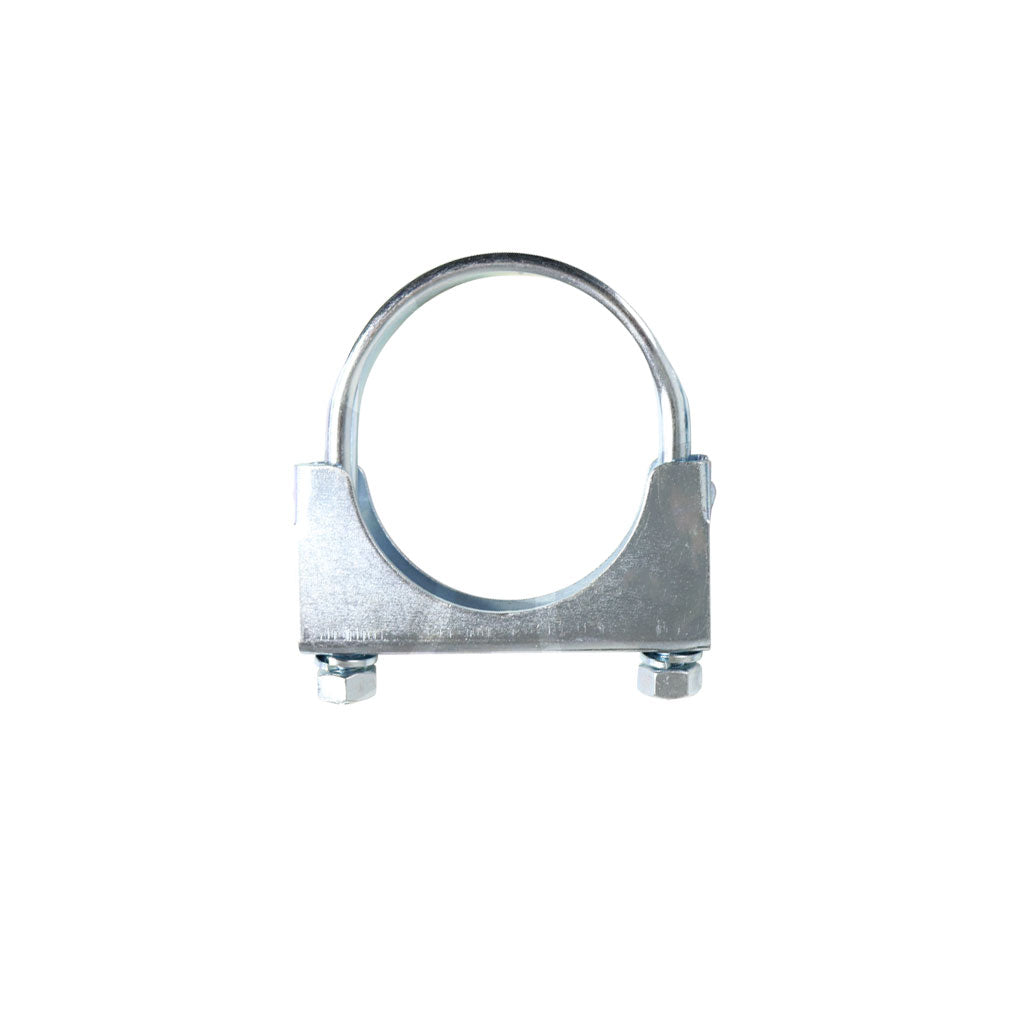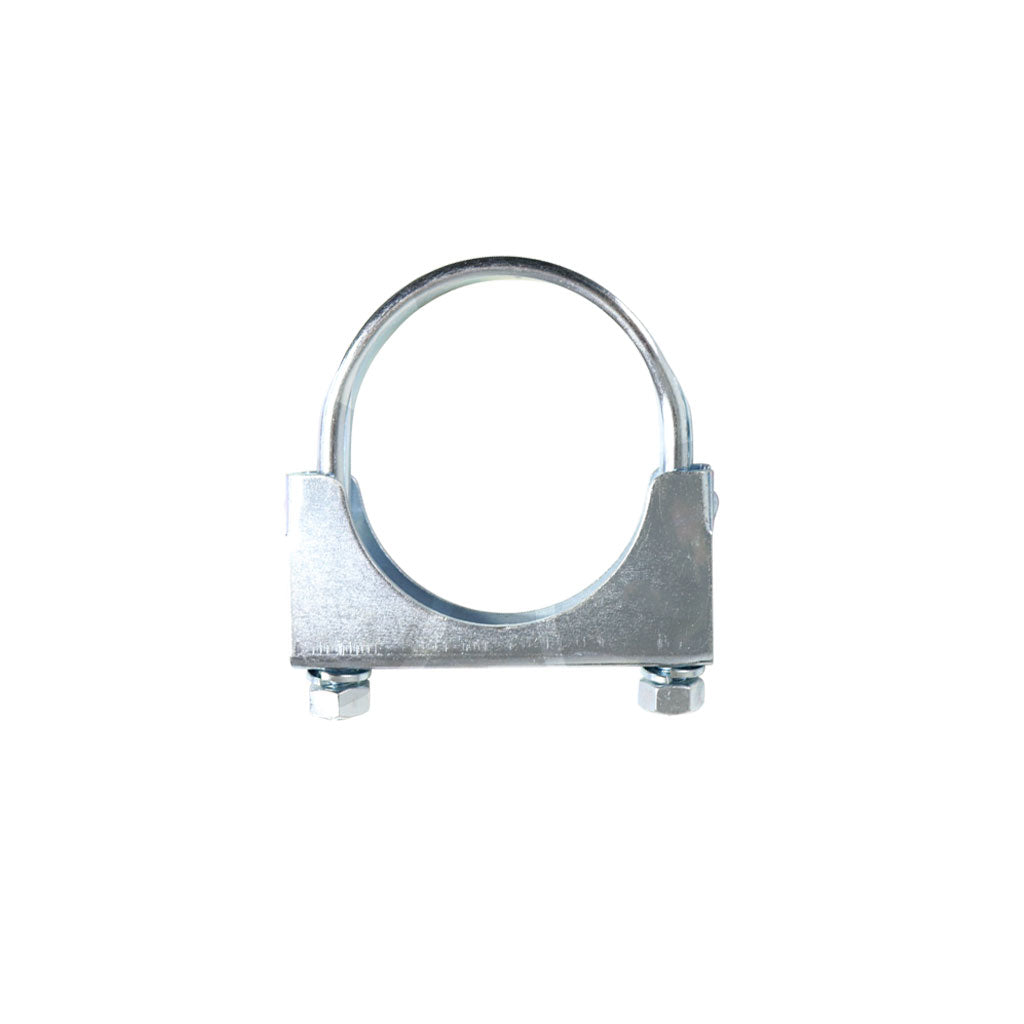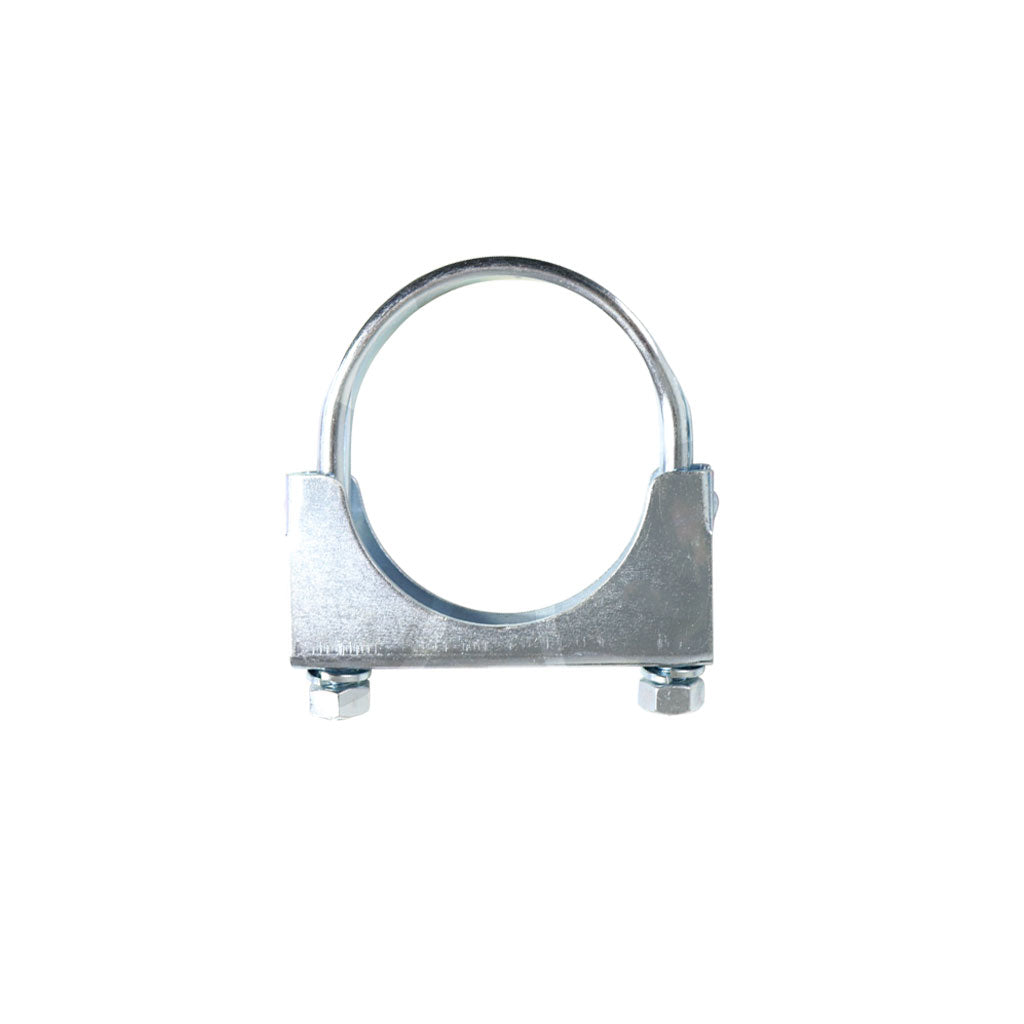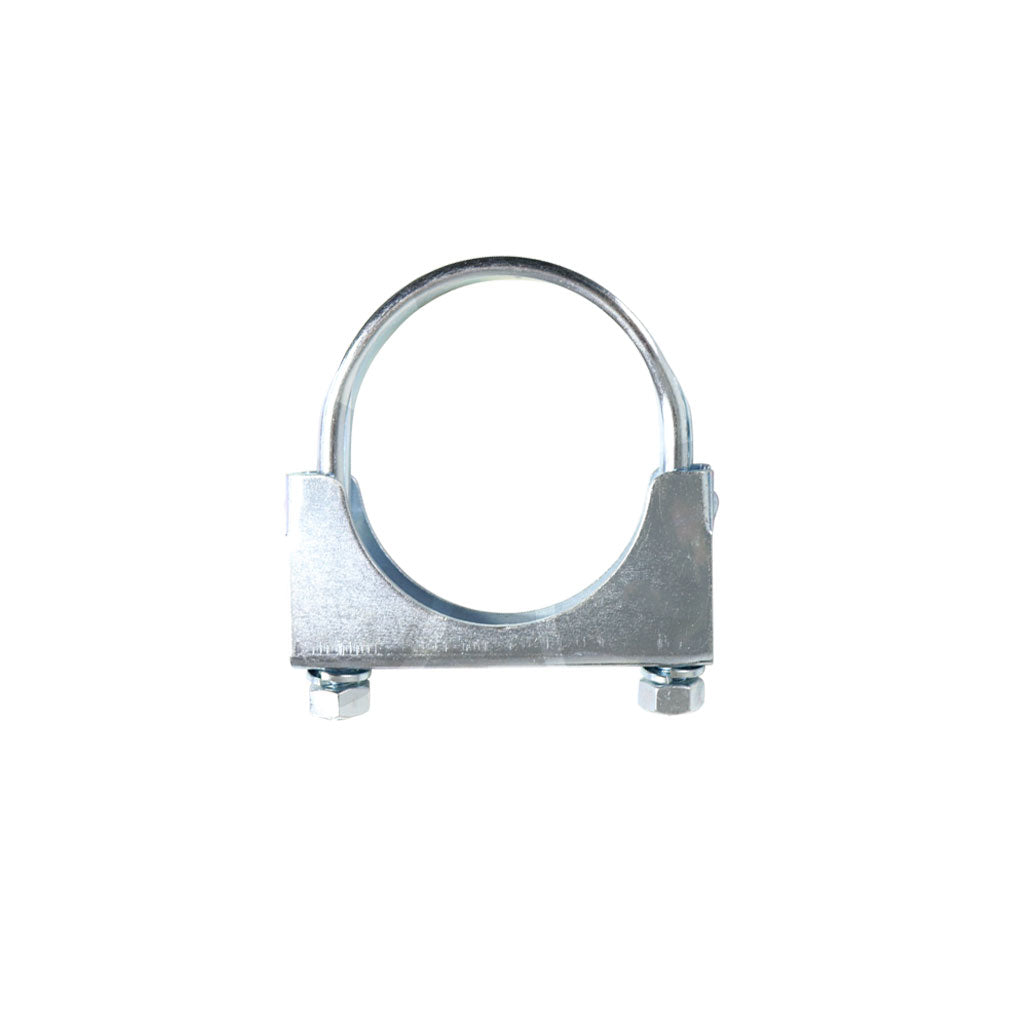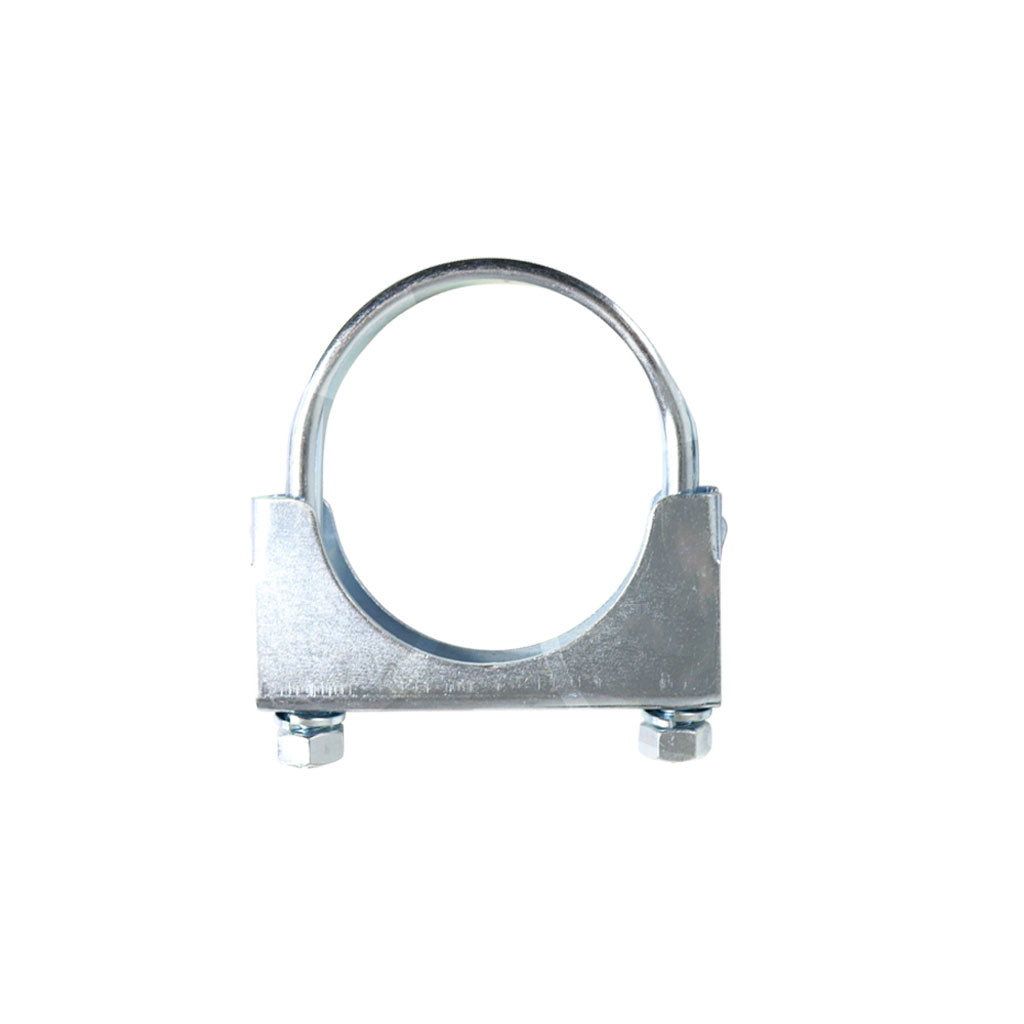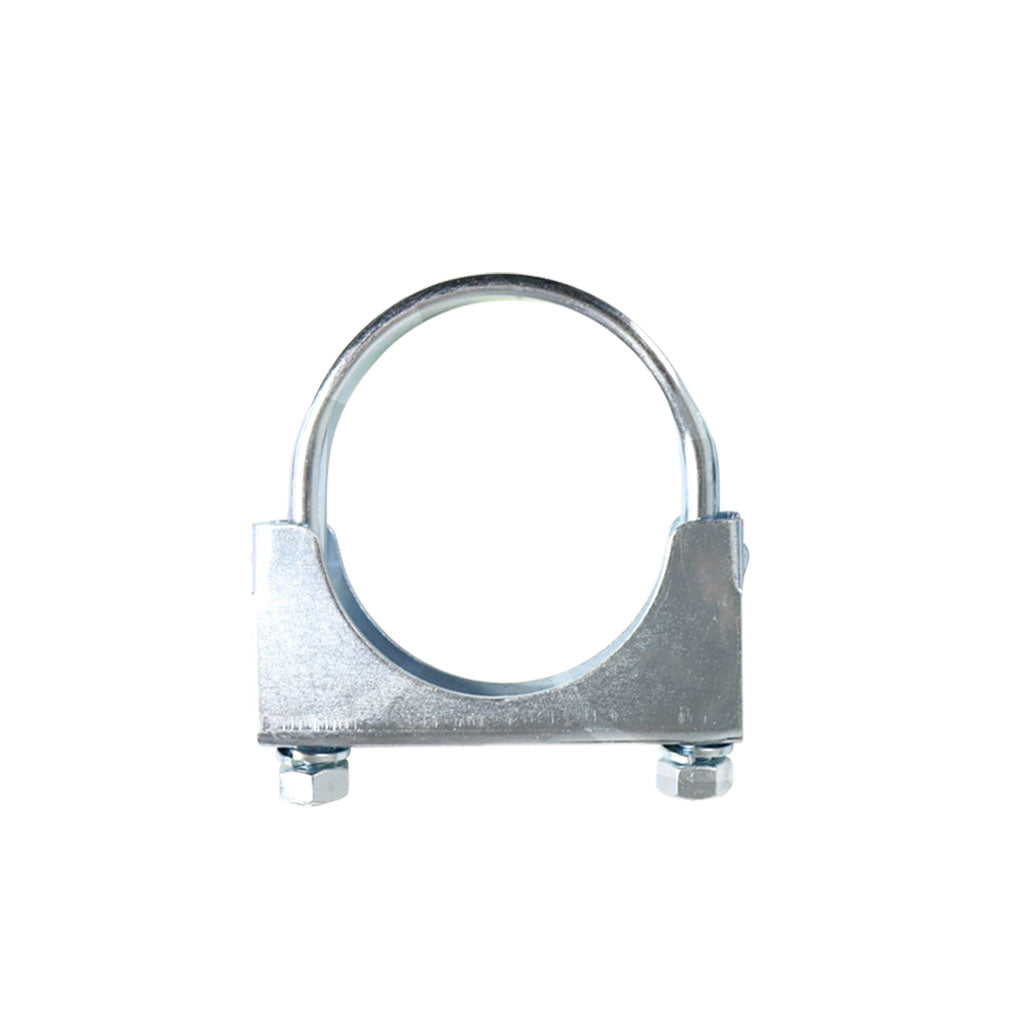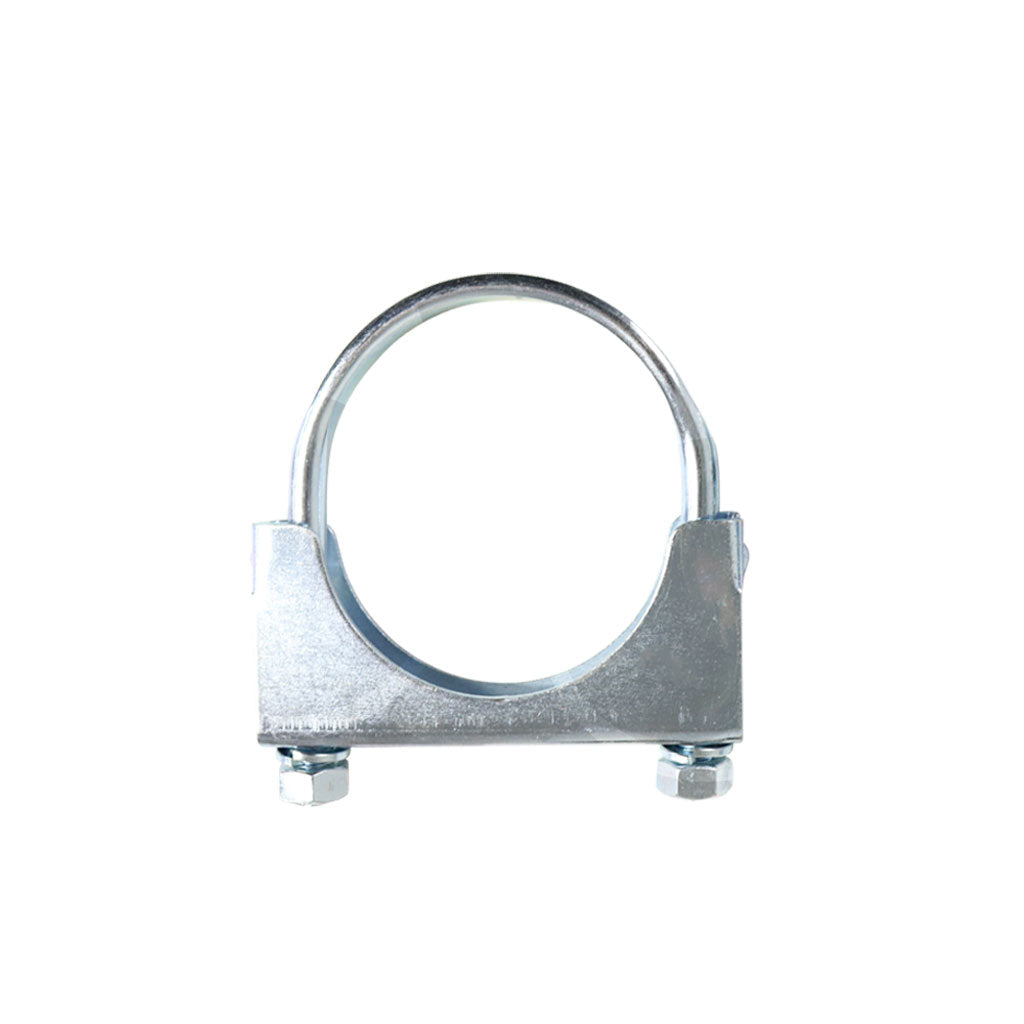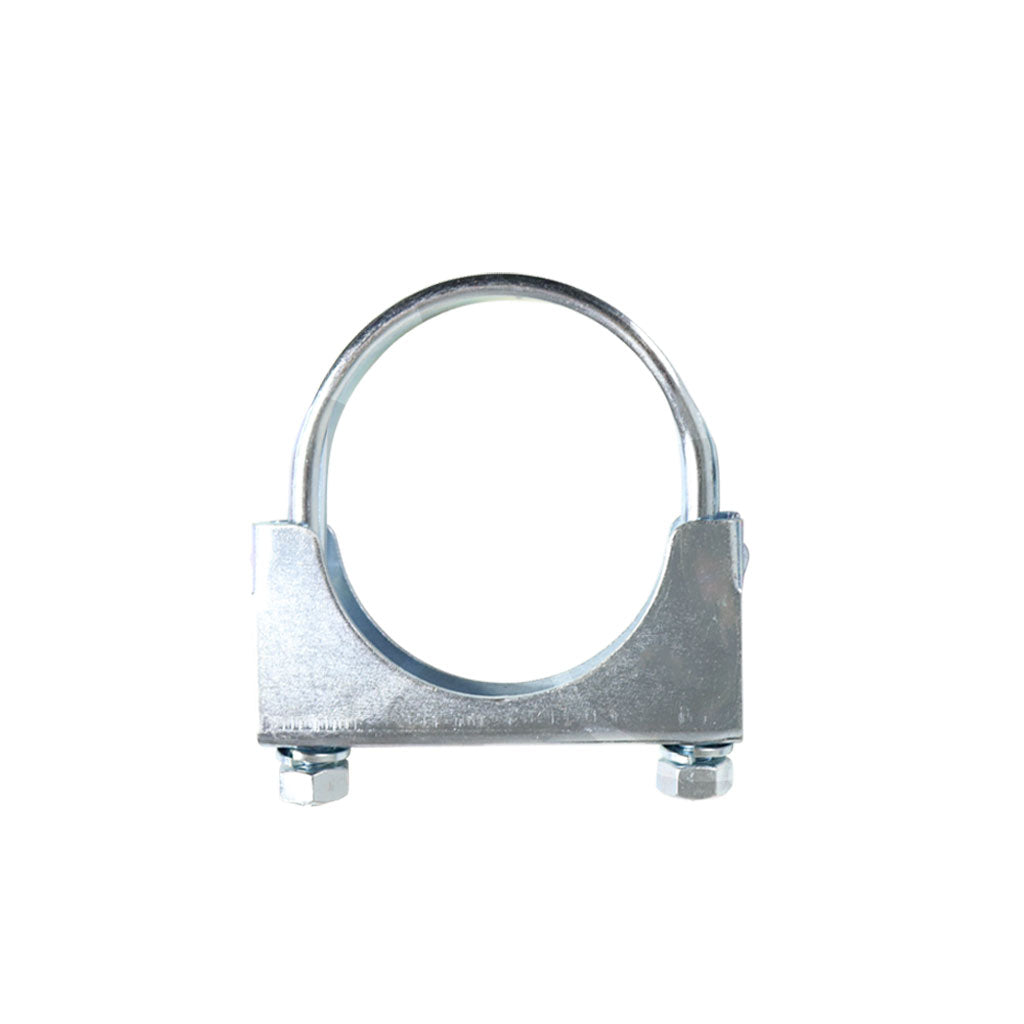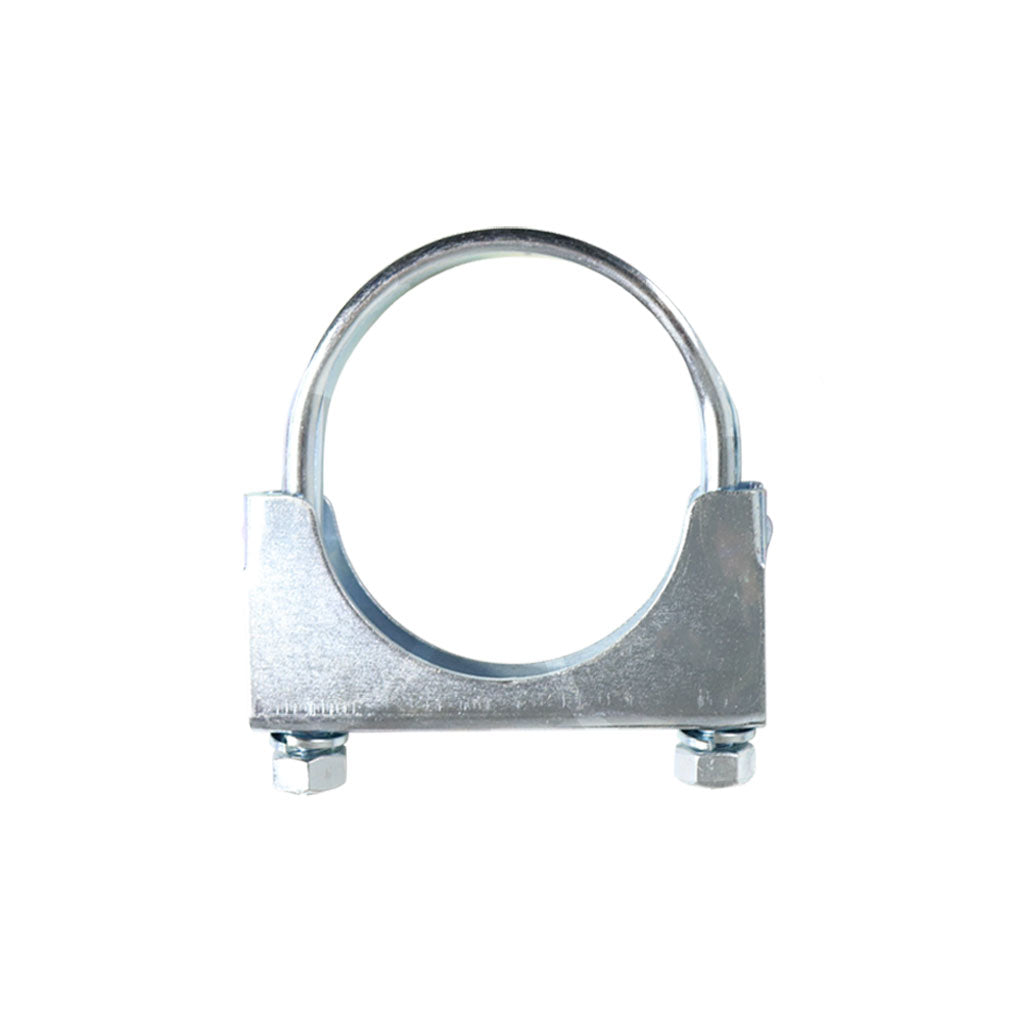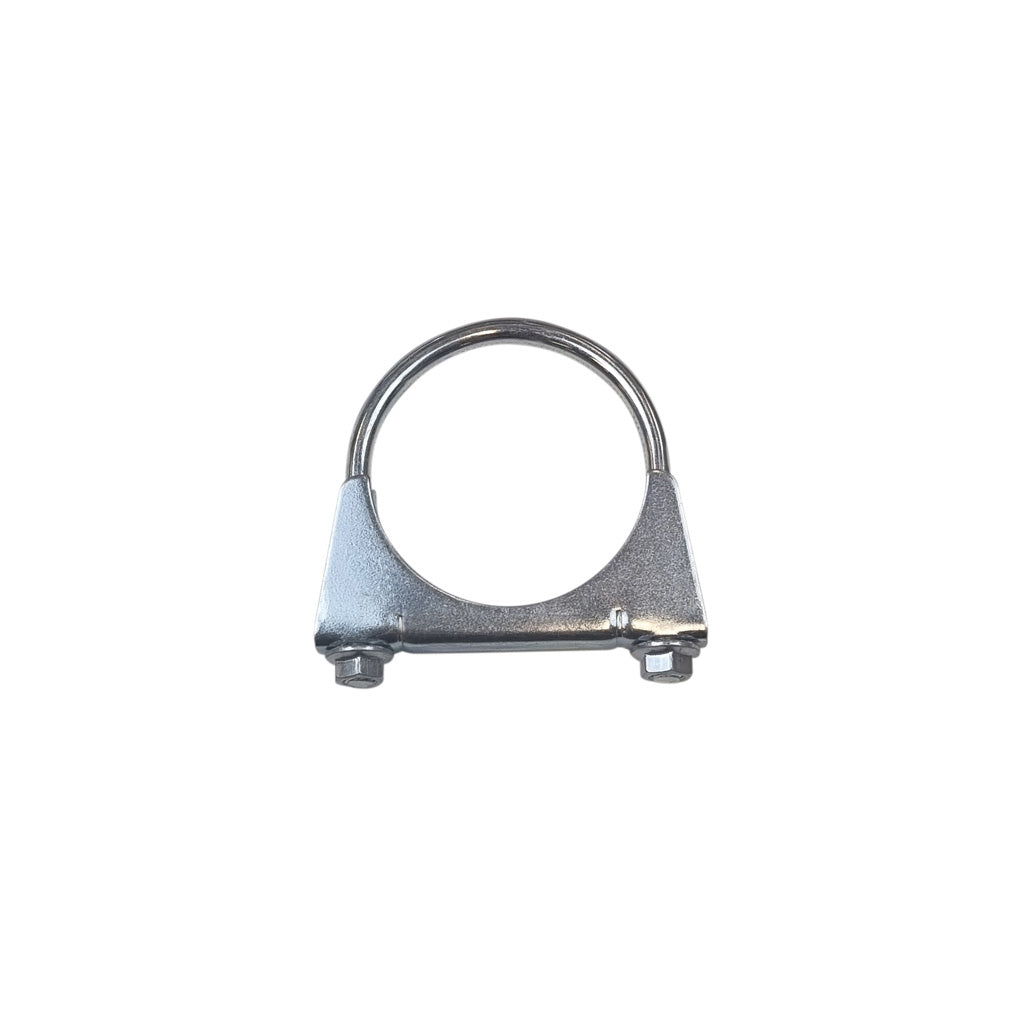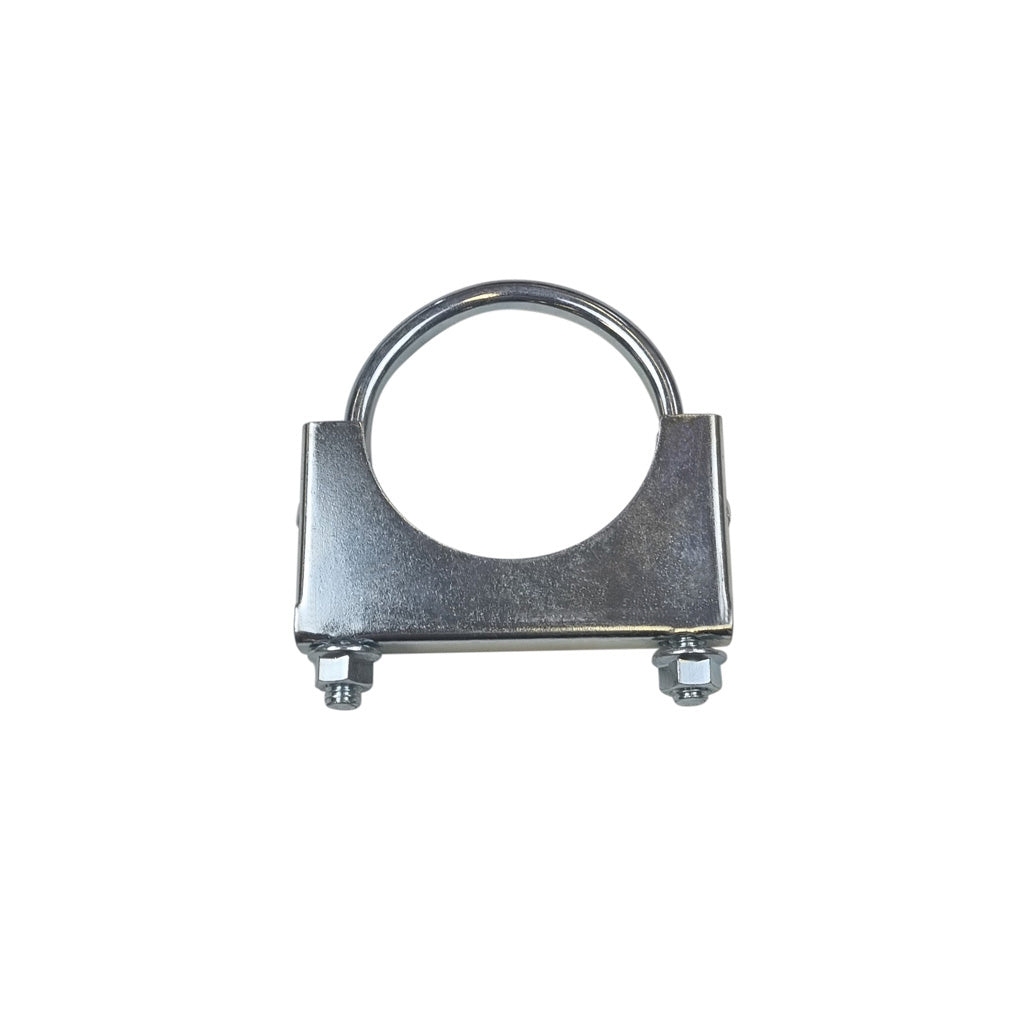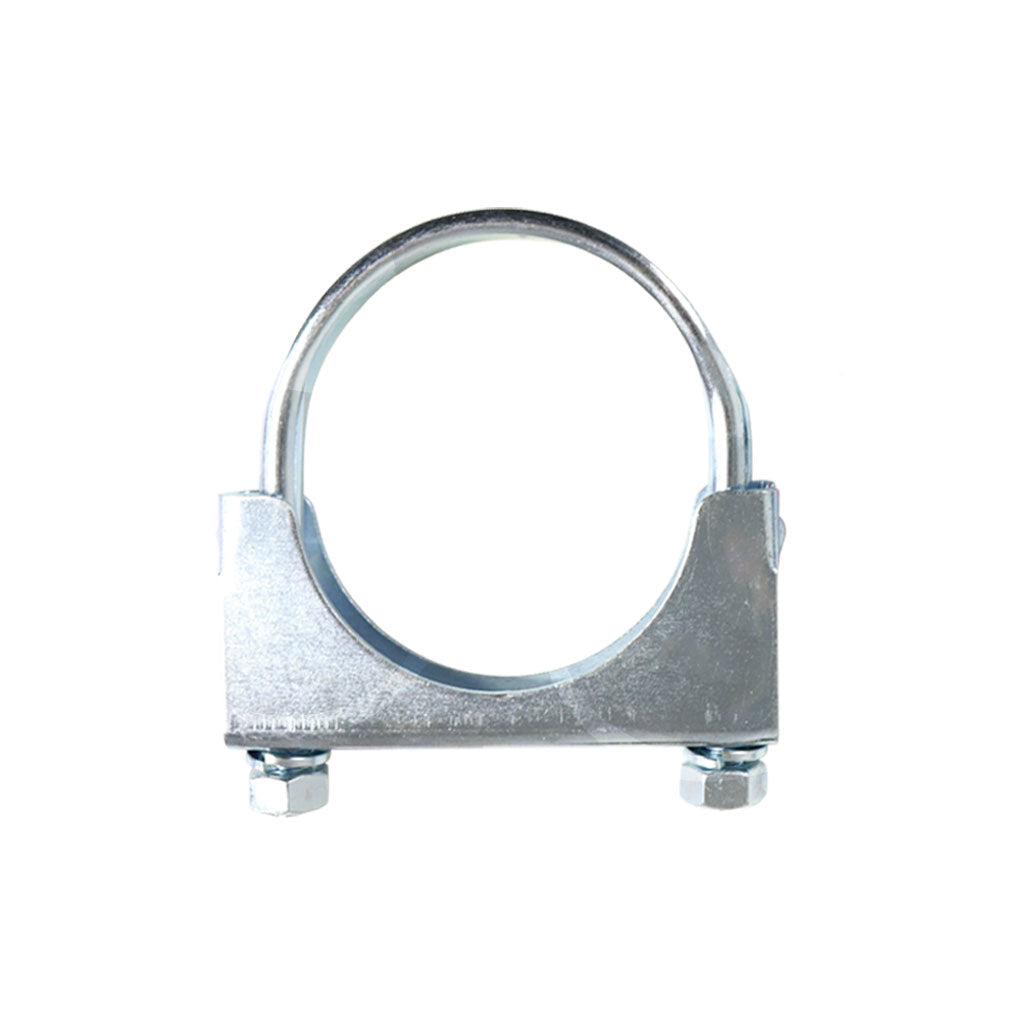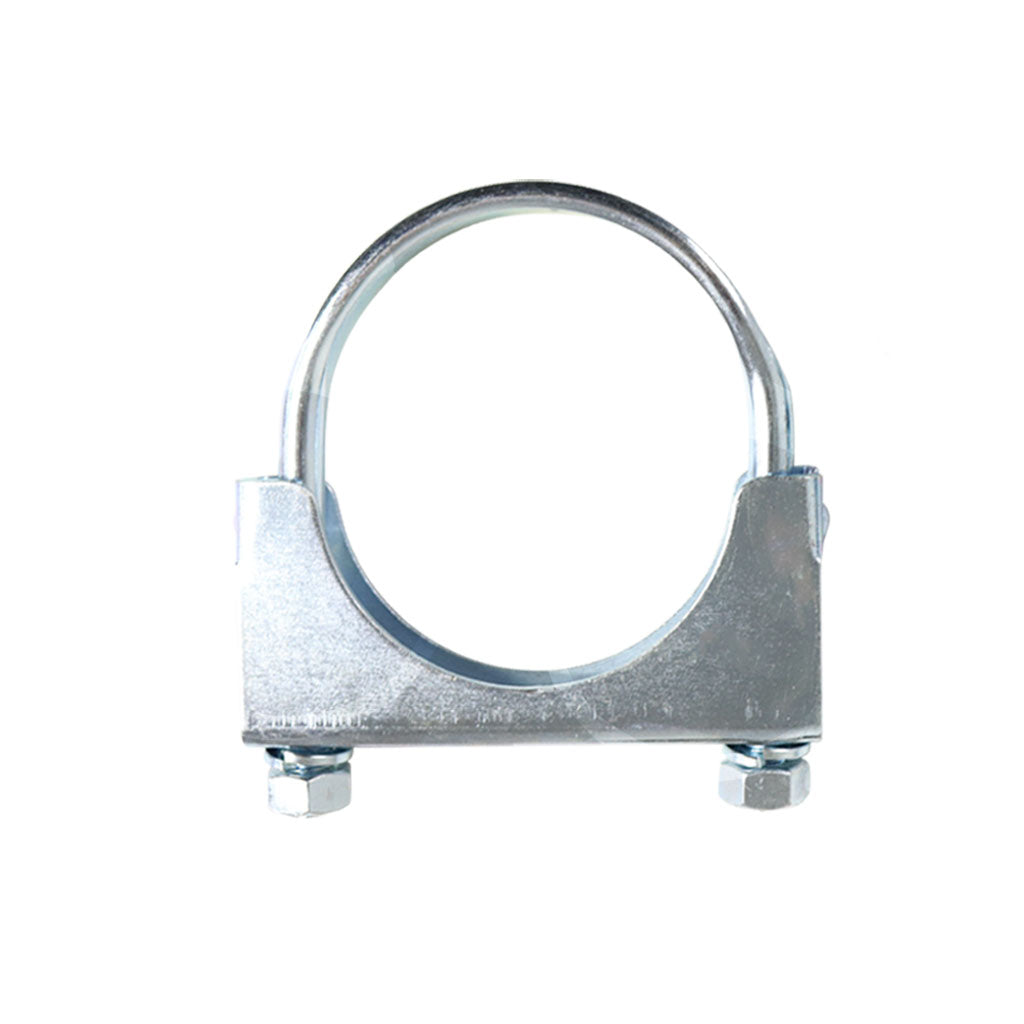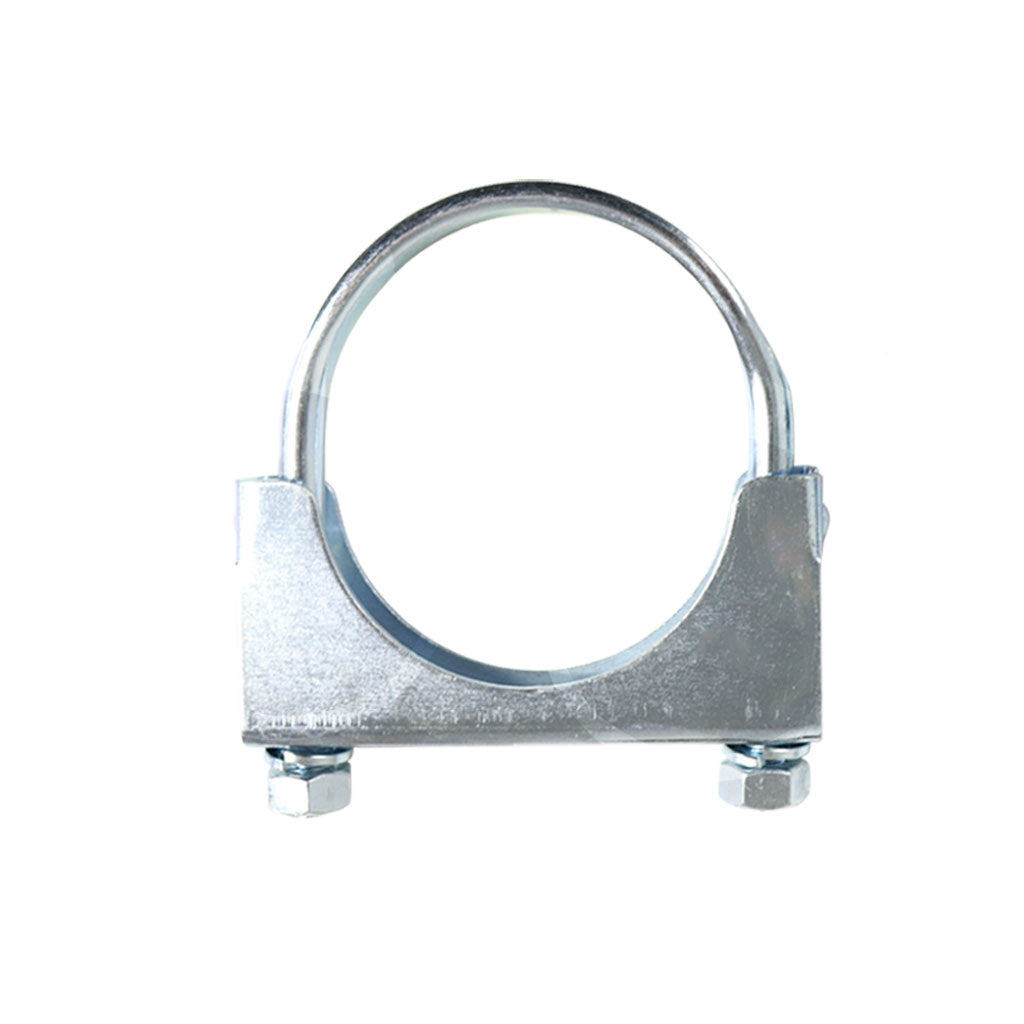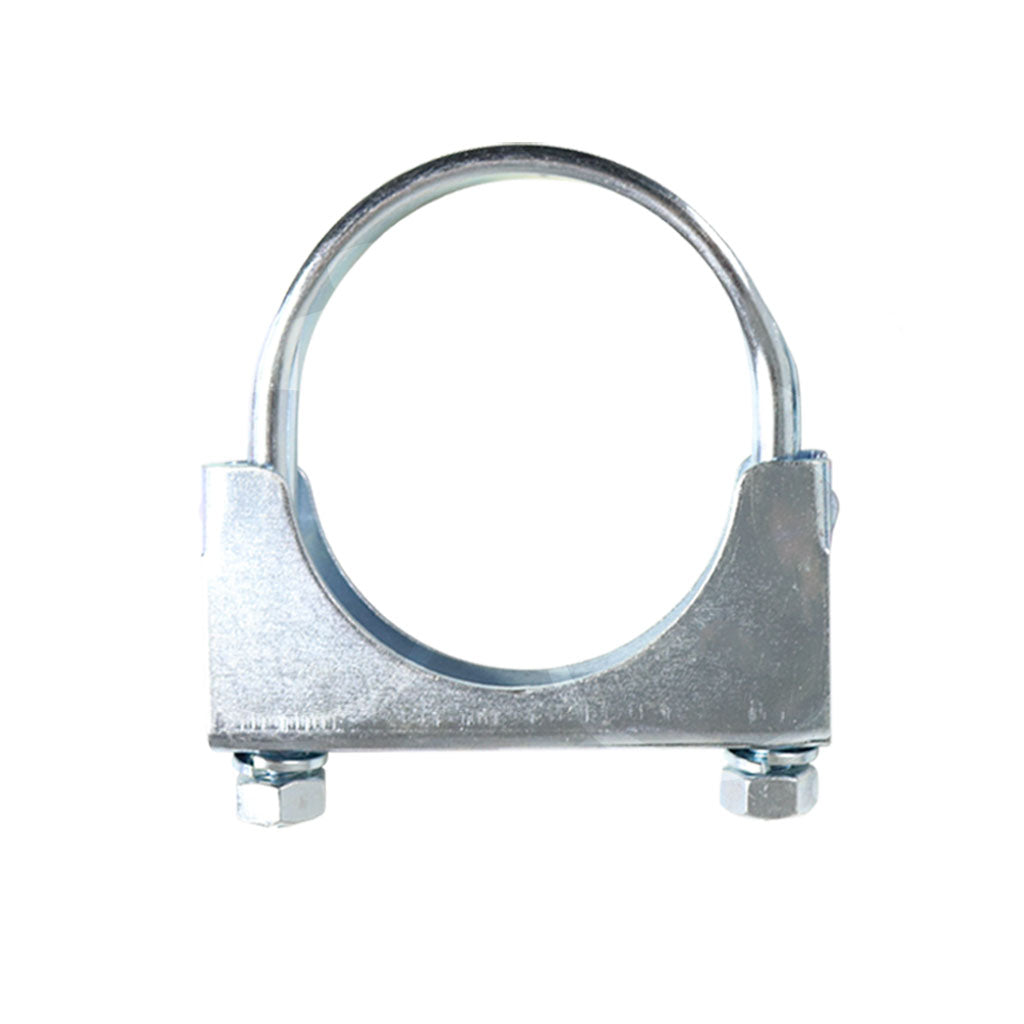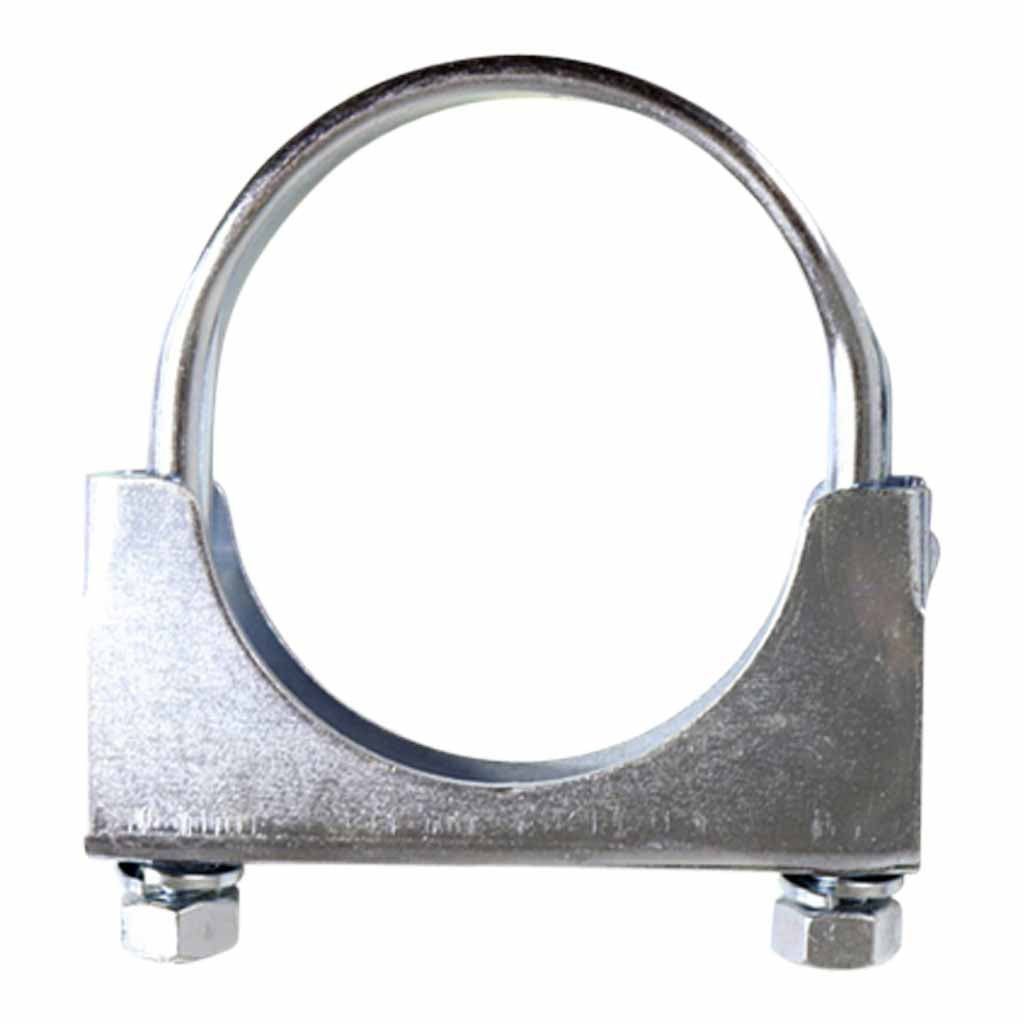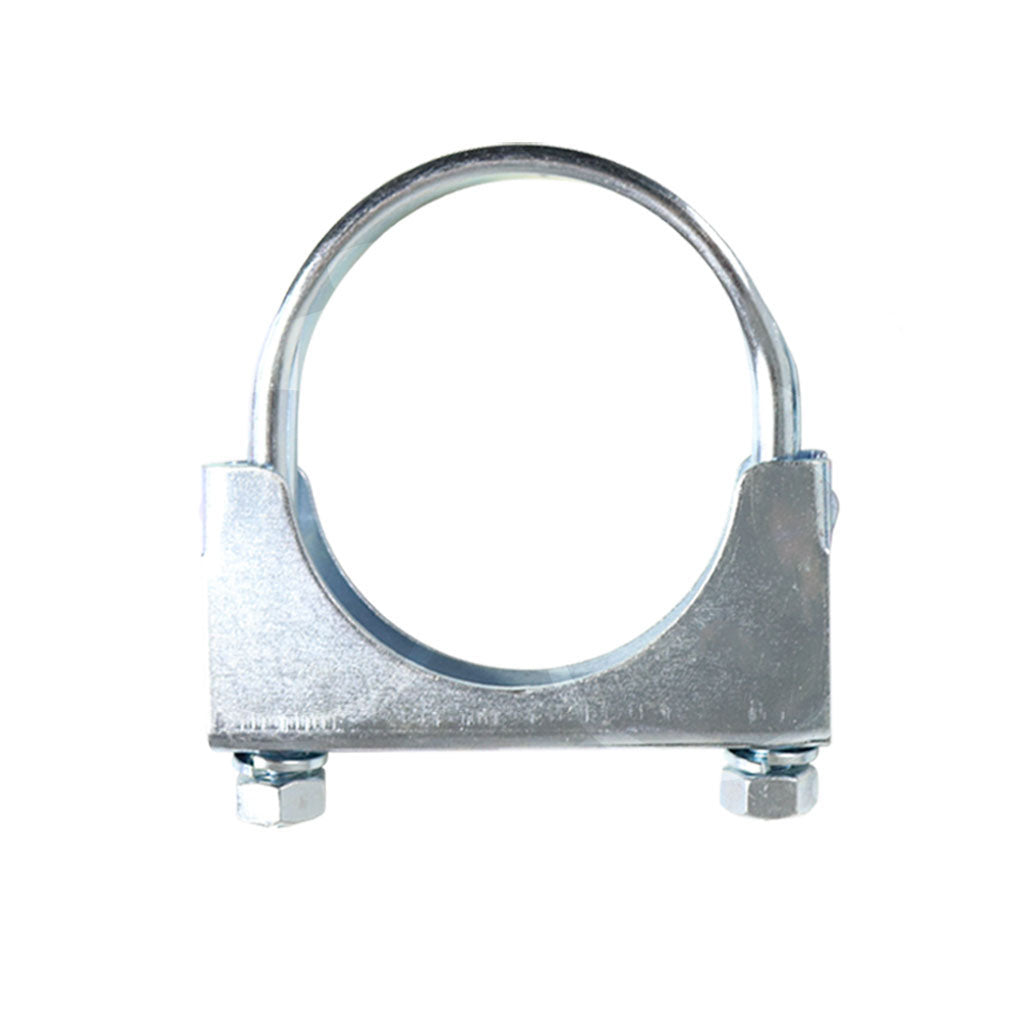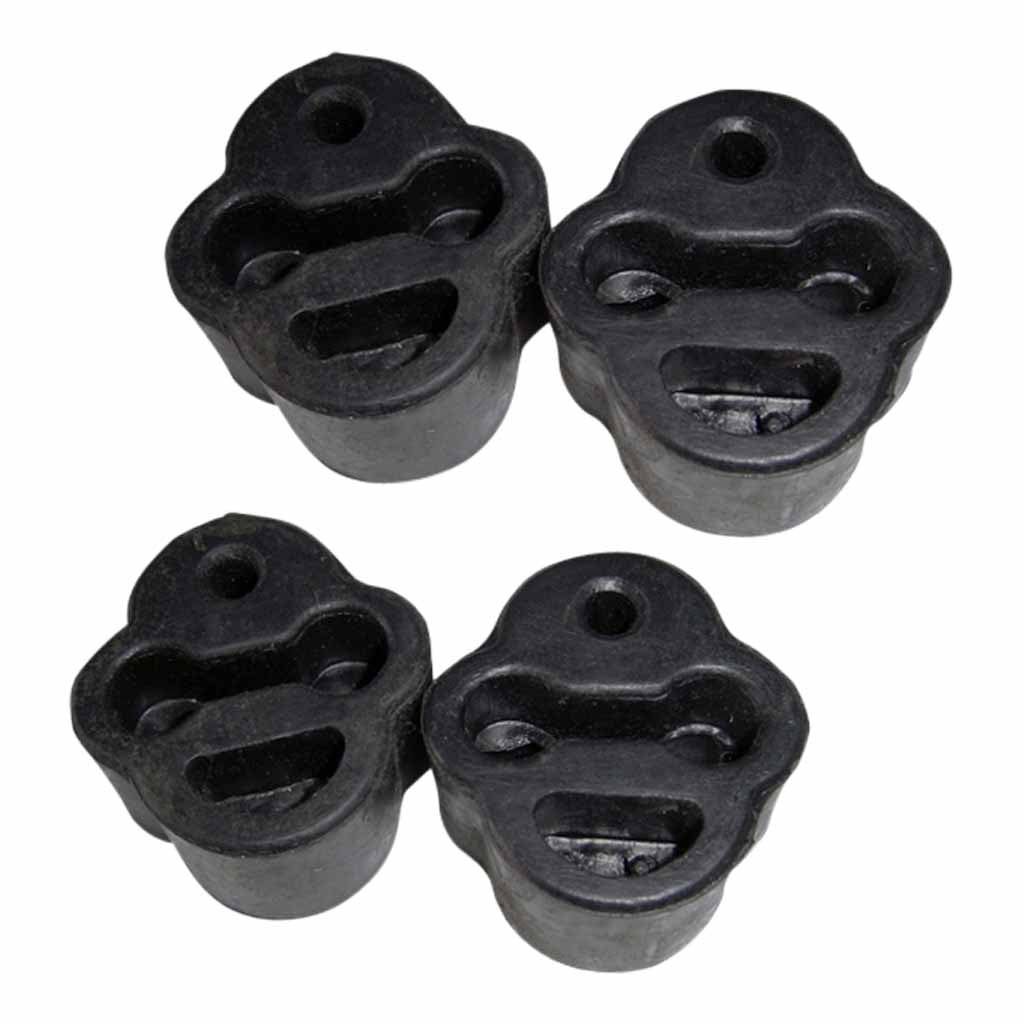Despite there being tens of thousands of intricate parts found within your vehicle, one that should never be overlooked is a catalytic converter as part of your car’s emissions control system.
Those offered by Original Equipment Manufacturers (OEM) perform their tasks to meet industry guidelines, but there is significant room for improvement by replacing them with an aftermarket, high-flow catalytic converter.
In this article, our specialists at DEA Performance will explore exactly what is a catalytic converter, its purpose within the wider car exhaust system, and how it can improve your vehicle’s performance.
What is a Catalytic Converter?
So, what is the purpose of a catalytic converter?
It is a device found on the underside of your car, nestled within the exhaust system amongst the manifold, extractors and muffler. A catalytic converter’s primary purpose is to reduce the harmful emissions the engine creates that would otherwise be released into the atmosphere via the exhaust pipe.
It’s a critical component within modern petrol- and diesel-powered vehicles, and is actually a requirement by law in most countries to reduce air pollution levels and combat the damaging impacts of climate change. Australia’s current minimum noxious emissions standards for light vehicles (ADR 79/4) are based on international standards known as Euro 5, whereas the minimum noxious emissions standards for heavy vehicles (ADR 80/03) were drafted using the international Euro V.
What Does a Catalytic Converter Do?
Let’s look a little closer at how catalytic converters work.
Within the device itself, there is a tight, honeycomb core structure coated with various catalysts made from precious metals like rhodium, platinum and palladium, each operating at incredibly high temperatures and causing rapid chemical reactions.
As the engine generates dangerous gases like carbon monoxide (CO), hydrocarbons (HC), and nitrogen oxides (NOx), they will pass through and interact with these chemical reactions. From here, many unique reactions can occur. For example, the reduction catalysts, such as platinum and rhodium, reduce nitrogen oxide (NOx) emissions, while the oxidation catalysts use platinum and palladium to oxidise carbon monoxide (CO) and hydrocarbons (HC) into carbon dioxide (CO2) and water vapour (H2O).
An incredible level of heat is required for the converter to function properly – upwards of 400 degrees Celsius, which is why they are placed so near the engine itself.
Does My Car Already Have a Catalytic Converter within My Exhaust System?
If your car was manufactured in the past few decades, it most likely already has a catalytic converter installed.
You can check whether your car has a catalytic converter by looking at the exhaust system underneath your vehicle. If there's a small, oblong-shaped component located between the exhaust manifold and muffler, that's the catalytic converter.
Can a Catalytic Converter Help Your Vehicle Outside the Emissions Control Systems?
Aside from reducing harmful emissions, a catalytic converter can also have some other benefits for your vehicle.
A notable improvement the design offers is in the realm of fuel efficiency. By reducing the build-up of certain powerful guesses that cause the engine to labour as it runs, known as ‘back pressure’, the systems within your vehicle can generate far greater performance with the same amount of fuel. Not only does this help you to save money amid rising fuel costs, but it also reduces your consumption of fossil fuels, furthering your reduction in NOx emissions.
Improved operational efficiency will also help to reduce the amount of wear and tear on your engine. When your engine is running with back pressure, it produces a lot of heat and friction, causing a steady degradation over time. A catalytic converter can help to reduce this by minimising the amount of unburned fuel and other contaminants that enter the engine, likely extending the life of your engine and preventing expensive repairs or replacement costs down the line.
So, Do You Need a Catalytic Converter?
The answer is yes; you definitely need a catalytic converter within your vehicle. Not only is it required to comply with our laws in Australia, but they are also necessary to help reduce the emissions of harmful gases and help with the longevity of your vehicle.
But that doesn’t mean you need to settle for your OEM catalytic converters. Explore our extensive selection of aftermarket catalytic converters available for countless makes and models at DEA Performance. For more information, please contact our specialist team today.
